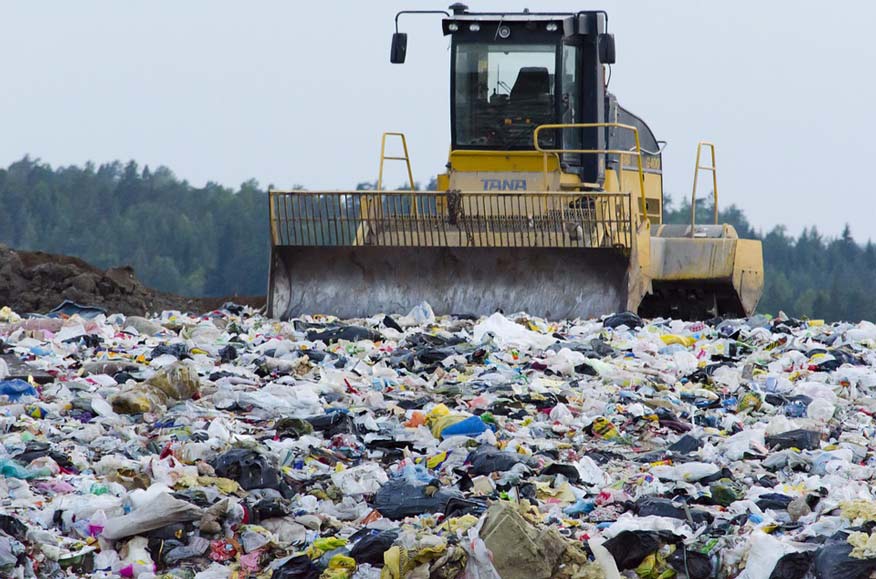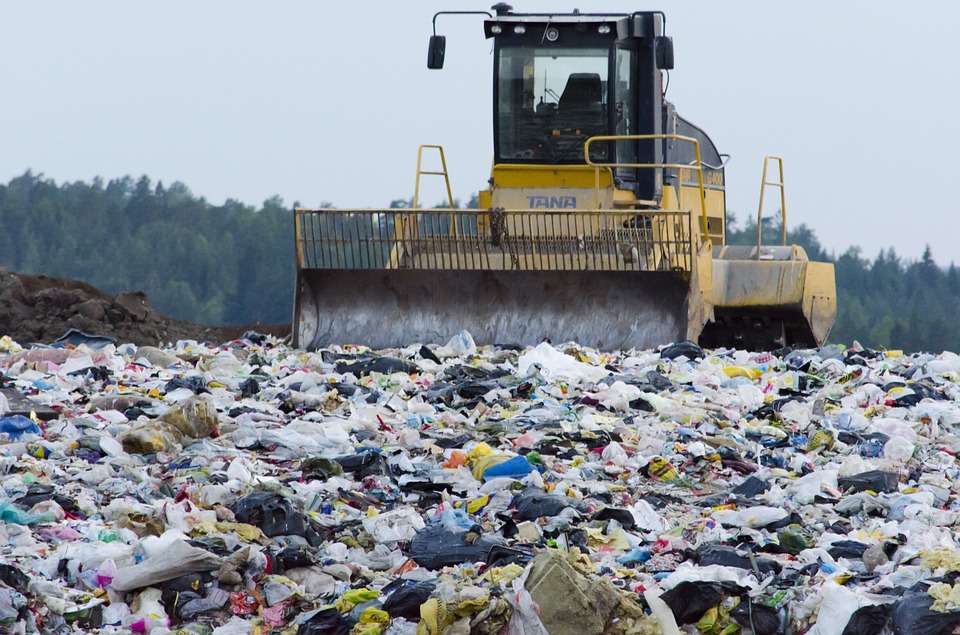
When we stop to consider just how much we come into contact with plastic daily, we realize that it could well be impossible to live a modern life at all without it. From the plastic bags we use to carry our groceries, to the TVs fixed on our walls, and onto the liquids that are contained in it for everything from our drinks to our cleaning sprays.
So, what becomes of this modern-day affliction? Whilst some of our plastics are exported to countries such as China to be recycled, the vast majority will end in either landfills or waterways around the world.
The threat that plastic imposes on the environment has never been graver. Each year we send enough plastic to landfills to circle the world four times over – and this harm extends not only to our ground but also to our seas – with billions of pounds of plastics floating around in our oceans (EcoWatch).
The question we want to answer is, just what can be done about it? This is exactly where our tips come in.
1. Go green with the packaging and carrying of your groceries
Buy a cloth bag, and use it (if you always forget it, leave a spare one in your car or by the door). Opt for glass bottles and jars and cardboard boxes and paper bags over and above plastic when you’re perusing the aisles of your grocery store. This tip is so much easier when you choose to purchase fresh fruit and veg, instead of buying convenient, microwaveable food.
2. Switch up your cleaning routine
Not only are chemically pumped cleaners bad for the Ozone layer, but the plastic that they’re encased in also makes them a double whammy for Mother Earth. Why not whip up your own cleaning products from baking soda, vinegar, and lemon?
3. Look out for the sneaky cosmetic products filled with plastic beads
Whilst governments around the world are taking action against the tiny plastic beads found in everything from our toothpaste to our body scrubs, today such products remain legal and on sale in the biggest of chain stores. These beads are infiltrating our lakes and oceans – so look out for ‘micro-plastics’ on the label (or better still, go organic).
Notably, the biggest cosmetic brands are already on their way to eradicating these tiny but mighty pollutants (these include: L’Oréal, The Body Shop, Colgate-Palmolive, Unilever, Johnson & Johnson, and Procter & Gamble).
4. Need a caffeine hit on the go?
How much? 100 years to breakdown much? This is how long that lid on your cup will take to waste away. Instead of asking for a take-away cup, invest in a thermos mug and take it along with you.
5. Water in plastic bottles. Just stop.
Packaging water in bottles is just about the biggest eco sin of the modern age. In reality, there is no scientific evidence to back up claims that mineral water is healthier, and with reusable drinks bottles just as cheap, this one hit, one use wonder is mother earth’s worst nightmare. So serious is this issue, that every year nearly 20 billion plastic bottles are thrown away (NRDC).
6. Electronics, gadgets, and toys – Think eBay, charity shops, garage sales, and thrift shops
Not only are electronics and gadgets comprised of much plastic, but they’re also wrapped up tightly in plastic. Buying these second hand can increase the lifespan of an item, and cut down on the amount of packaging chucked away.
7. Recycle (sounds obvious, right?)
Whilst recycling sounds like rather an obvious tip to list, the fact of the matter remains that we’re all pretty poor at it. In fact, so poor a job we do, that we recycle less than 14% of all plastics – this is despite many plastics being recyclable. It’s likely that this problem is largely down to people’s misunderstandings as to what can, and can’t, be recycled. So here’s a quick rundown –
Drinking and cleaner bottles – #1 (PET) – Most curbside recycling companies
Containers (slightly heavier-duty bottles for milk, juice, and laundry detergent) – #2 (HDPE) -Recyclable in some areas.
Plastic cutlery, yogurt and margarine tubs, ketchup bottles – #5 (PP) – Recyclable in some areas.
8. Bringing up baby? Consider going green
If you currently have a little one around who’s still in diapers then they may be waddling around in petroleum-based plastic or plastic-treated material. In the least, you could switch to a green disposable brand. These brands tend to use plant-based plastic to fulfill the need for waterproofing (you may also want to take a read of our blog on this very topic: An essential guide for a super green baby).
9. Don’t overlook the small stuff
Items that you may unwittingly consume daily can contribute just as much as the larger items you use less often. Think plastic straws (even when you may be dining out); gum (which is actually made from a form of plastic); and disposable razors.
10. And finally – buy these things in bulk…
With your kitchen storage overhauled, it’s time to stock up on some kitchen essentials to drive down the need for buying plastic-packaged foodstuffs. Bulk buy bins are the stuff of an eco-warrior’s dreams – top up on items such as cereal, pasta, and rice for staple and sustainable living.
With these tips, you’re about to do the planet, and our future generations a real favor. Yet there’s also a further, and equally as persuasive a reason to hone in on the amount of plastic in your life – and that’s your health. This is because some compounds within plastics are capable are bringing about hormonal alterations, as well as cancer, asthma, and male infertility (EcoWatch/Earth Resource).
Whilst there may be items that you simply can’t avoid when it comes to plastic, any concerted effort on a day-to-day basis can make a considerable difference when we consider that you could be saving an item from landfill that would otherwise take up to 1000 years to break down (EcoWatch).
In every sense, driving down the amount of plastic you rely on is a win-win-win situation.

About the Author
Jen is your go-to guru for crafting a cozy, green cocoon. 🪴 Her dive into sustainable building wasn’t just about saving the planet—it started as a mission to make family movie nights eco-friendly (and to ensure the popcorn was the only thing getting heated!). With a knack for breaking down the jargon, Jen turns eco-lingo into everyday language. Swing by the Green Living blog for a mix of earth-loving advice and home improvement hacks. Whether you’re just dipping your toes into green waters or you’ve been swimming in the deep end of DIY projects, Jen’s here to guide, giggle, and remind you that every eco-choice is a step towards a planet that thanks you… and maybe even sends a rainbow your way! 🌈


